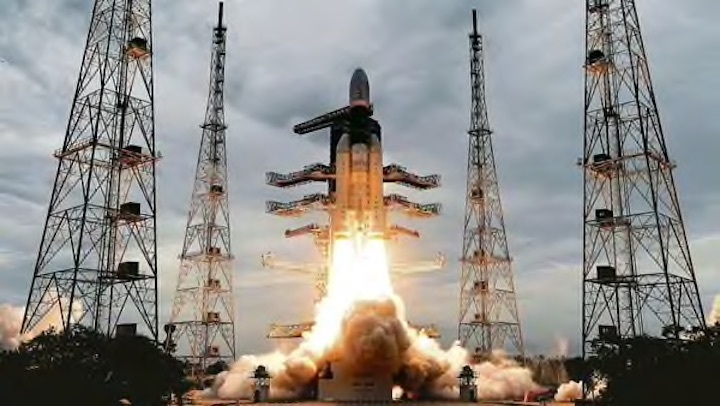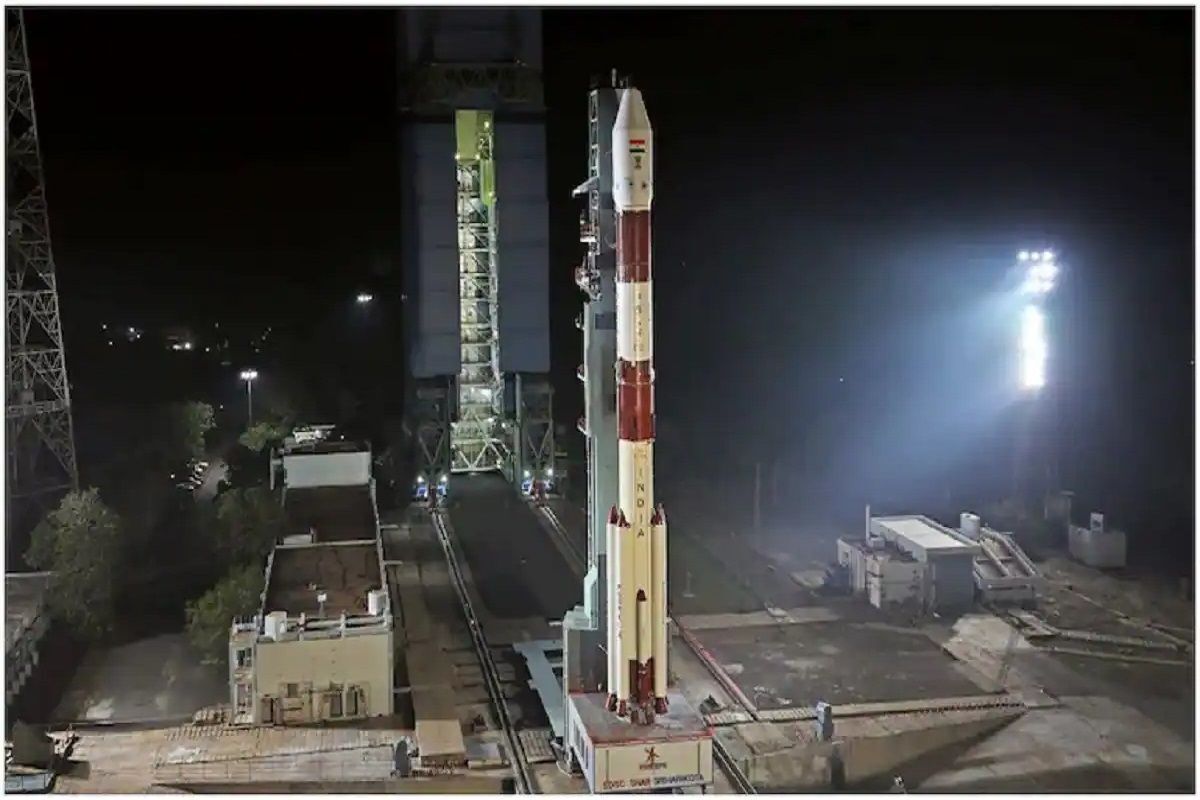Chennai: The 25-hour countdown for Thursday evening launch of Indian rocket Polar Satellite Launch Vehicle (PSLV) carrying three Singapore satellites will begin at 5 p.m. on Wednesday. If the launch is successful, the PSLV rocket would have launched 345 foreign satellites belonging to 36 countries since 1999. The mission is code named PSLV-C53/DS-EO.Also Read - ISRO Recruitment 2022: Few Days Left to Apply For 55 Posts at nrsc.gov.in| Check Eligibility, Other Details Here
Quelle: india.com
+++
Update: 22.00 MESZ
.
PSLV-C53/DS-EO Mission

ISRO undertakes PSLV-C53/DS-EO mission on June 30, 2022. The launch is scheduled at 18:00 hours IST from the Second Launch Pad at Satish Dhawan Space Centre, Sriharikota. The countdown of 25 hours leading to the launch begins at 1700 hours IST on June 29, 2022.
PSLV-C53 is the second dedicated commercial mission of NewSpace India Limited (NSIL). It is designed to orbit DS-EO satellite along with two other co-passenger satellites from Singapore. This is the 55th mission of PSLV and 15th mission using PSLV-Core Alone variant. It is the 16th PSLV launch from the second launch pad. The mission proposes to demonstrate the utilization of the spent upper stage of the launch vehicle as a stabilized platform for scientific payloads subsequent to the separation of the satellites.
A four stage, 44.4 m tall PSLV-C53 has a lift-off mass of 228.433 t. It would inject DS-EO satellite into an orbit with semi-major axis of 6948.137 + 20 km, at an altitude of 570 km measured from the equator, with a low inclination of 10 deg. + 0.20. PSLV-C53 carries three satellites. DS-EO, a 365 kg and NeuSAR, a 155 kg satellite both belonging to Singapore. Third satellite is a 2.8 kg Scoob-1 of Nanyang Technological University (NTU), Singapore.

DS-EO carries an Electro-Optic, multi-spectral payload that will provide full color images for land classification, and serving Humanitarian Assistance and Disaster Relief needs. NeuSAR is Singapore's first small commercial satellite carrying a SAR payload, which is capable of providing images in day and night and under all weather conditions. SCOOB-I satellite is the first satellite in the Student Satellite Series (S3-I), a hands-on student training program from the Satellite Research Centre (SaRC) at Singapore's NTU School of Electrical and Electronic Engineering.
The PSLV Orbital Experimental Module (POEM) activity is performs in-orbit scientific experiments using the spent PS4 stage as an orbital platform. It is first time that PS4 stage would orbit the earth as a stabilized platform. Attitude stabilization is achieved using a dedicated NGC system. POEM derives the power from the solar panels mounted around the PS4 tank and a Li Ion battery. It navigates using four sun sensors, a magnetometer, gyros & NavIC. It carries dedicated control thrusters using Helium gas storage. It is enabled with telecommand feature.
POEM carries six payloads including two from Indian Space Start-ups M/s Digantara and M/s Dhruva Space, enabled though IN-SPACe and NSIL.
Quelle: ISRO



